By Chelsey Keith P. Ignacio, Special Features Writer
The territorial and maritime disputes on the South China Sea have been intensely lingering for years among some of its surrounding countries in Southeast and East Asia. But, despite the landmark international arbitration case under the United Nations Convention on the Law of the Sea that was brought by the Philippines against China in 2013, the tension on the waters is still far from ceasing.
In a recent BusinessWorld Insights online forum on the “Economic Impact of the West Philippine Sea Dispute,” held in partnership with Meralco last Aug. 11, experts looked at some issues on these waters and delved into the possible solutions.
Implementing the arbitration
The South China Sea is complex because of the overlapping territorial and maritime claims, said Henry S. Bensurto, Jr., a former Philippine consul general to San Francisco.
“When you look at the South China Sea in a snapshot, it looks like a bowl of spaghetti noodles with a lot of crisscrossing noodles or lines. Every time those lines intersect with each other, they mean disputes,” Mr. Bensurto described.
“Before arbitration, this is how the South China Sea looks like,” he continued. “What we wanted to do is [find] a way we can narrow, lessen, or reduce those lines. Perhaps, then it would be a key solution for us to engage [with] each other, reduce the tension, and minimize those disputes.”
Among the maritime disputes, the more complicated is the nine-dash line, an expansive claim of China that almost covers the entire South China Sea.
The clarifications of the nine-dash line and certain features in the South China Sea were among the reasons why the Philippines went to arbitration.
Currently, the exclusive economic zones of the countries around the South China Sea become clear, Mr. Bensurto said. But several disputed areas remain, such as those features in the Spratly Islands.
“The decision of the arbitration is final. It is legal [and] international law, despite what China says. That said, it is a fundamental tenet that all the parties in the South China Sea dispute must look into,” Mr. Bensurto said.
However, he observed that the focus of the debate on arbitration is whether it is enforceable or not. He said that the focus should be on how to implement it.
“We only have to ask a question for ourselves, ‘Is the result or the outcome of the arbitration good?’ And if the answer to that is yes, then it behooves us to be moved by that goodness by directing ourselves, our will, power, all available tools in our toolbox to focus on how we are going to implement this,” he said.
Another concern on how the Philippine government handles the dispute is the inconsistency, which can be understandable for a state where the administration lasts only six years, said Mr. Bensurto.
The policy of China, on the other hand, never changed. “[Its] ability to be strategic and long-term on its policy [is] because [its] leaders are there for life,” he explained.
This does not mean that a democratic state like the Philippines is weaker than a dictatorship country, Mr. Bensurto clarified. He is not also suggesting that the Philippines should go in that direction.
Nonetheless, the country should be smart on how it would address the issue. “One way of addressing this is through the institutional memory,” he said.
Thus, for every administration, institutions like the Department of Foreign Affairs and the Department of National Defense should be strengthened and insulated from any politics. “By nature, they are supposed to be objective and professional in their analysis. Because of their historical understanding, they will have the ability to think strategically,” Mr. Bensurto said.
Mr. Bensurto further emphasized the significance of putting the arbitration in operation. “No matter how beautiful [a] law is, if it is not utilized for the right purpose for the objective for which that law was passed, then it’s nothing,” he stressed.
So if this ruling is good for the country or region, “we have to do it by ourselves, in cooperation with other like-minded states, on how we can systematically, peacefully put this in operation. No matter how long it will take, we have to have the political will to put it into effect and make sure that it is not pushed back. But we have to exercise, approach, and think of other creative ways by which we can methodically implement this,” he added.
International efforts
Another issue on the nine-dash line claim of China is its unclear coordinates, according to Richard Heydarian, professorial chair on geopolitics at Polytechnic University of the Philippines.
The ambiguity of China’s claims is wary, which can also show its opportunistic and potentially flexible definition, Mr. Heydarian said.
“China can have a maximalist definition, meaning all islands and natural resources within the nine-dash line are part of [their] blue national soil,” he explained. “But they can also have a minimalist definition, which they claim the land features, their surrounding waters, and their fishery resources or oil and gas resources in that area.”
According to the professor, if there is a “concerted pushback” against China, it could fall back on the more minimalist definition of the nine-dash line. But if one goes weak or subservient towards China, it could go for the maximalist definition.
“That is why it’s important for the Philippines and other rival claimant states to stand their ground so that we can pressure China and come up with a final outcome that is as mutually beneficial as possible, considering still the asymmetries in power,” Mr. Heydarian said.
“And if it were not for the freedom of navigation operations of the United States and the growing naval presence from European countries and other external powers, it would be just between China and us smaller ASEAN (Association of Southeast Asian Nations) countries. And you know who will dictate the terms of that engagement,” he expressed.
This denotes the importance of supporting international efforts to uphold rule of law, Mr. Heydarian added. “This is about China, acting against international law and this is about us getting whatever help we can so that we can get the best outcome out of the disputes on the ground. Otherwise, we can have a very dangerous conflagration there.”
Mr. Heydarian also considered that “the cumulative effect of multiple powers coming in and telling China to care about international law could be positive if it is coupled with good diplomacy.”
However, if this participation only means sending more warships, it appears to be a dangerous escalation and militarization. Thus, he also reminded the importance of engagement with China.
“It’s important for Europeans and the quad powers, together with key powers in ASEAN, to come up with a common strategy to tell China, ‘If you want to be a respectable leader in this part of the world, you have to regain our trust and confidence. One way to do that is to tone down some of your excesses in the South China Sea and move towards a much more international rule-based order in the area.’”
The involvement of some foreign powers in the dispute may reflect the insufficiency of actions or that the ASEAN is not stepping up to the plate, Mr. Heydarian added. Nonetheless, it is not true that ASEAN is ineffectual, going back to its history like what the region did during the Cold War.
Also, Mr. Heydarian continued, those external powers will only go to a certain degree. “At the end of the day, the heavy lifting should come from us because this is about our sovereign rights,” he said.
This session of #BUSINESSWORLDINSIGHTS is supported by Management Association of the Philippines, Philippine Chamber of Commerce and Industry, Bank Marketing Association of the Philippines, and The Philippine STAR.

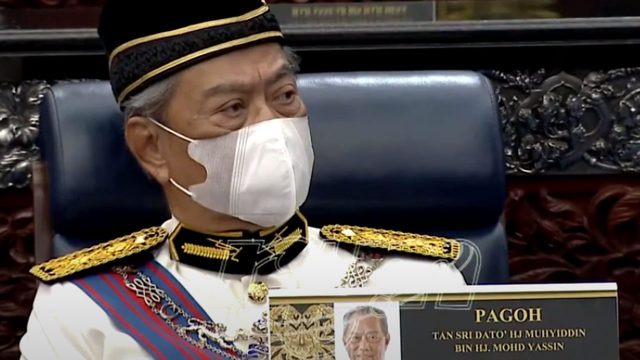
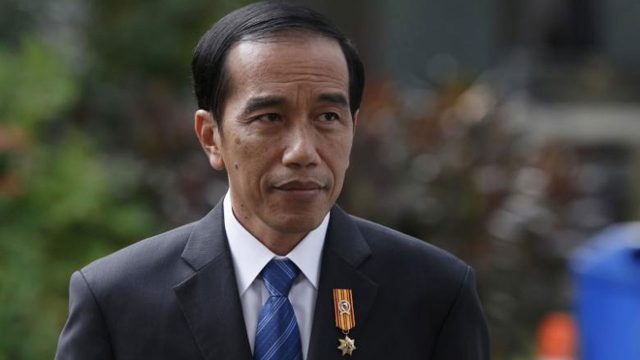

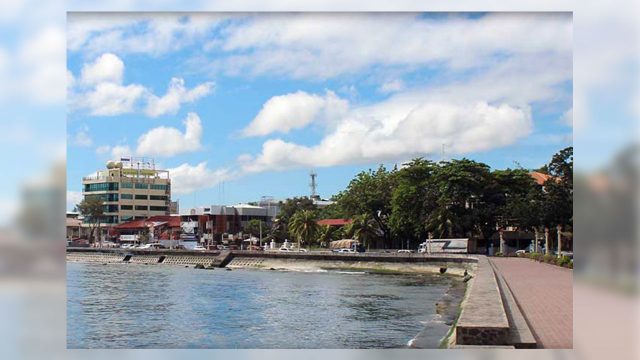
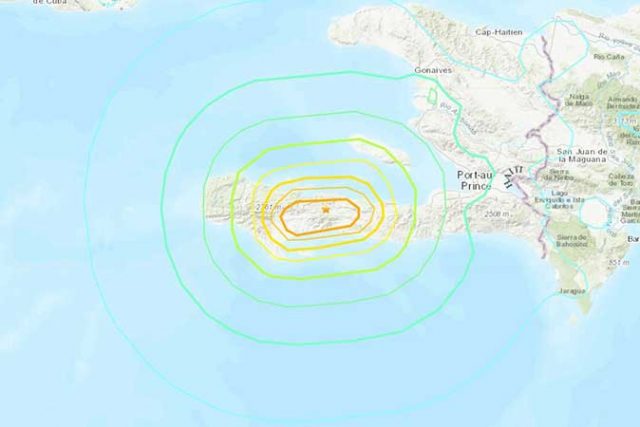



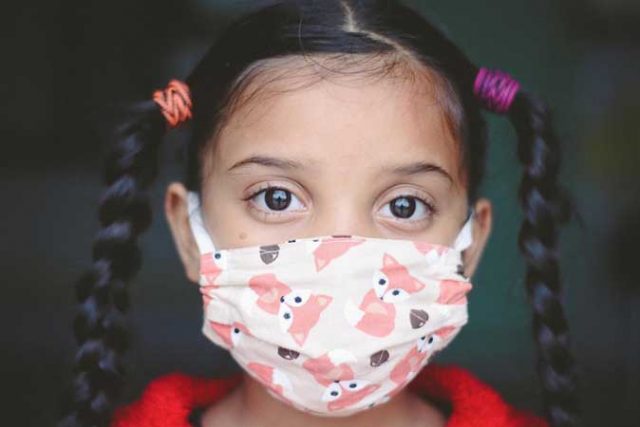

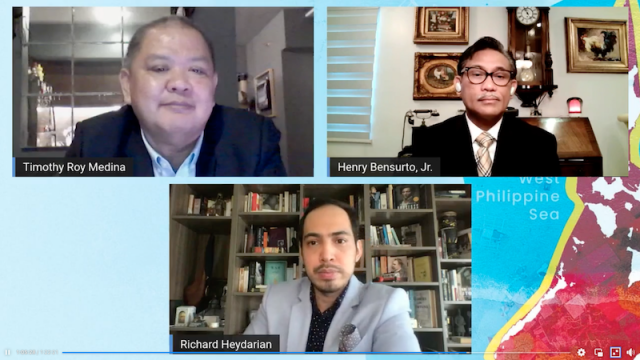


 CONRADO S.DARSANTOS
CONRADO S.DARSANTOS